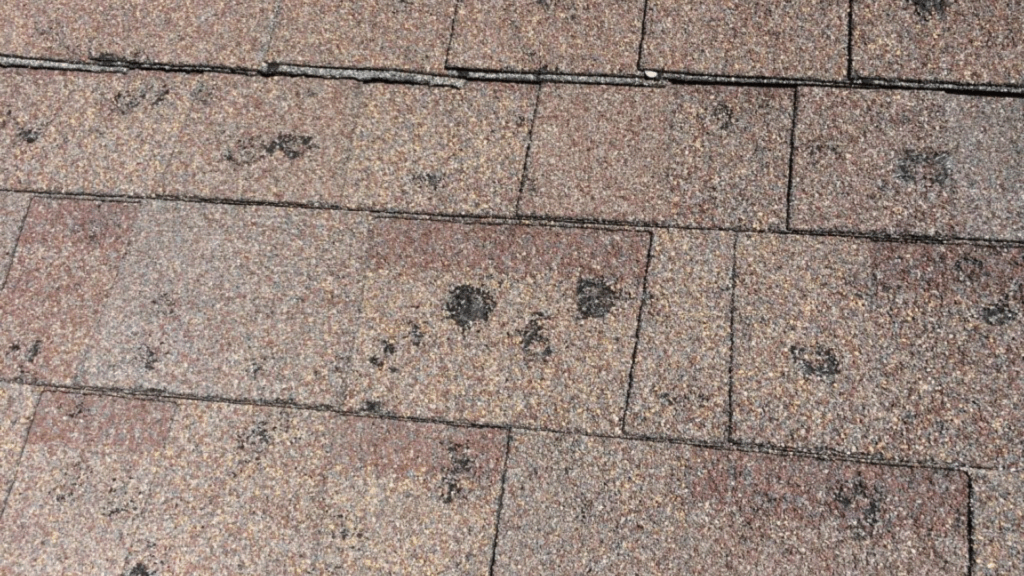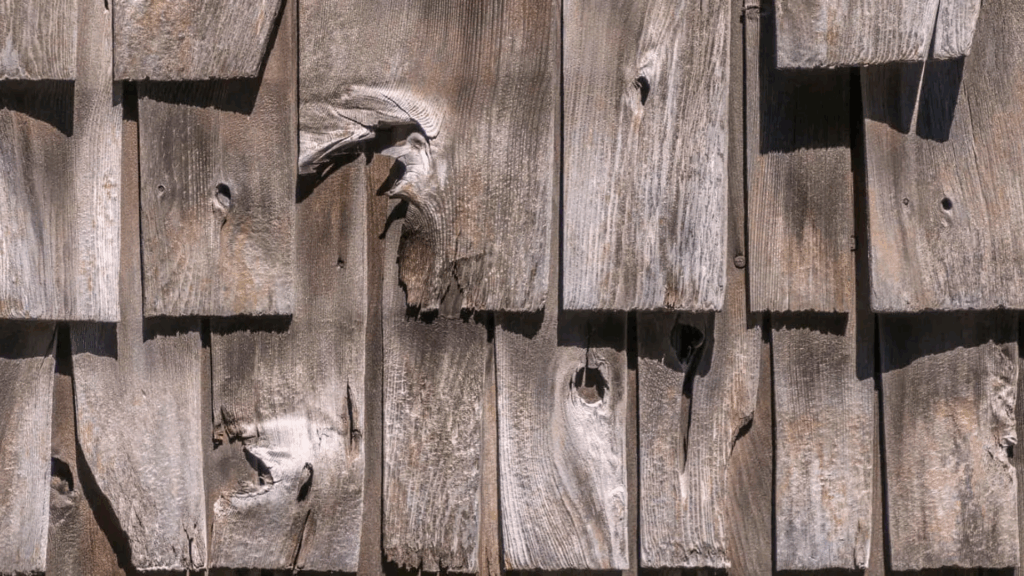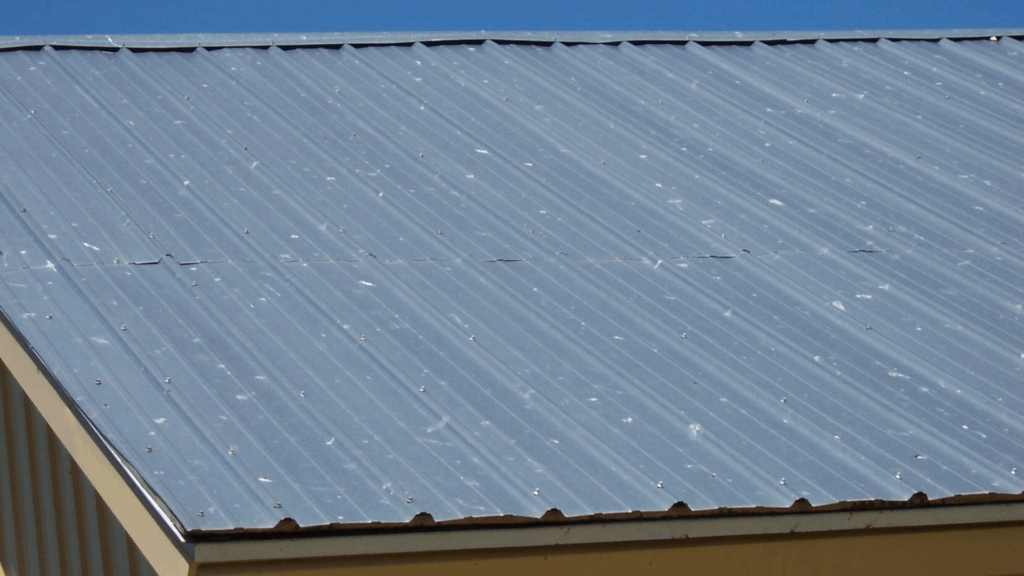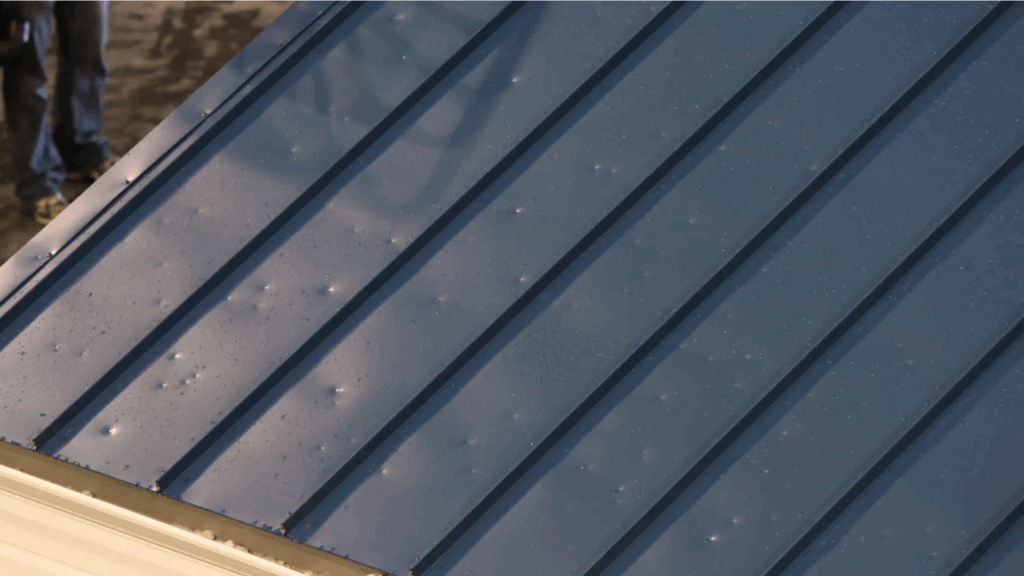When choosing a roof for your home, one of the most important factors to consider is how well it can withstand hail damage, especially if you live in a storm-prone area.
Metal roofs are becoming increasingly popular due to their strong resistance to hail, and for good reason.
In this article, I’ll explain how metal roofs effectively resist hail damage and why they’re a durable choice for homeowners.
I’ve had my own experience with hailstorms, and after seeing my neighbor’s shingle roof suffer damage, I knew I needed something more reliable.
Metal roofs are tough, and they don’t crack, dent, or break easily under the pressure of hail. By the end, you’ll see why a metal roof could be the best choice to protect your home.
Why Choose Metal Roofing?
Metal roofing is a popular choice for homeowners because of its impressive durability, energy efficiency, and style versatility.
A well-installed metal roof can last 50 to 75 years, far outlasting traditional asphalt shingles.
This long-lasting durability means fewer repairs and replacements, saving homeowners money in the long run. Plus, metal roofs are highly energy-efficient.
Metal roofs reflect solar heat, helping to keep your home cooler in the summer.
This reduces the need for air conditioning, cutting energy costs by up to 25% and making metal roofs an eco-friendly and cost-effective choice.
Available in various styles, colors, and finishes, they can resemble traditional materials like shingles, tiles, or slate, allowing you to find the perfect match for your home’s design.
Understanding the Durability of Metal Roofs
Metal roofs are known for their exceptional durability in severe weather conditions, including hail, strong winds, and heavy rain.
Made from materials like steel, aluminum, and copper, metal roofs are built to withstand high-impact forces, which makes them more resistant to hail damage than traditional roofing materials such as asphalt shingles or wood.
The protective coatings applied to many metal roofs further enhance their resistance to corrosion, fading, and damage caused by UV rays.
Metal roofs also perform well in extreme wind conditions, withstanding gusts of up to 140 mph, depending on the design and installation.
Additionally, they are fire-resistant, offering a higher level of safety during wildfires or lightning strikes.
Impact of Hail on Different Roofing Materials
Hailstorms can cause varying degrees of damage to different roofing materials. Understanding how hail impacts these materials helps in assessing the potential risks.
1. Asphalt Shingles

Asphalt shingles are vulnerable to hail damage, especially during severe storms. When exposed to hail, even small stones can cause granule loss and cracks, which reduce their protective capabilities.
Over time, this can lead to a shorter lifespan for the roof and may result in leaks.
The damage is often not visible at first, but it weakens the shingles, leaving the roof more susceptible to further damage from the elements.
2. Wood Shingles

Wood shingles are less durable when exposed to hail. The impact of hailstones can cause cracking, splintering, or even breakage, which compromises the structural integrity of the shingles.
This damage can lead to water infiltration, creating a pathway for mold growth and further damage to the roof and interior of the home.
Wood shingles require regular maintenance and may need repairs or replacement after a hailstorm.
3. Slate and Clay Tiles

While slate and clay tiles are known for their durability, they are not immune to hail damage. Large hailstones can cause these materials to crack or even break, leading to costly repairs.
Once damaged, the tiles may need to be replaced entirely to maintain the roof’s integrity.
Although resilient, slate and clay tiles can be quite brittle, making them more susceptible to cracking under high-impact conditions like hailstorms.
4. Metal Roofing

Metal roofs, depending on the material and coating, tend to perform better than many other roofing types in hailstorms.
Steel and aluminum roofs can withstand impacts without significant damage, although they may experience dents, especially with larger hailstones.
The thickness of the metal, the type of coating, and the roof slope all play a role in the level of protection provided. Regular inspection after hailstorms is recommended to assess potential dents or scratches.
Hail Resistance of Metal Roofs
Metal roofs exhibit varying degrees of resistance to hail damage based on their composition and construction.
- Steel Roofs: Steel roofs with a galvanized coating provide excellent resistance to hail, preventing rust and enhancing durability.
- Aluminum Roofs: Aluminum roofs are lightweight and corrosion-resistant, but are more prone to denting from hail impacts compared to steel roofs.
- Copper Roofs: Copper roofs are durable, corrosion-resistant, and can withstand hail, although they may develop a patina over time that affects their appearance.
- Coatings and Finishes: Protective coatings improve a metal roof’s resistance to hail damage, preventing issues like fading and chalking.
Testing Methods for Hail Resistance
Testing methods for hail resistance are crucial to determine how well a roofing material can withstand the impact of hailstones, which can vary in size and speed.
1. Synthetic Hailstone Impact Tests
The size and speed of the hailstones are adjusted to mimic natural hail, and the roofing material is observed for signs of damage such as indentations, granule loss, and fractures.
This test helps evaluate how well materials can withstand the impact of hail and the potential long-term effects on their performance.
2. Accelerated Weathering Tests
These tests expose materials to controlled conditions, including UV radiation, moisture, and temperature fluctuations, simulating the effects of sun, rain, and wind over time.
The purpose is to assess how roofing materials, including coatings and finishes, hold up under the stress of continuous environmental factors and how they can resist damage over the years.
3. Laboratory Simulations
These tests evaluate how well metal roofing coatings and finishes resist corrosion, especially in areas with high humidity or salt exposure.
By exposing roofing materials to these simulated harsh conditions, manufacturers can assess the durability of their products and ensure they will maintain their performance and appearance over time.
Real-World Performance of Metal Roofs in Hailstorms
While laboratory tests provide valuable data, real-world performance is crucial in understanding how metal roofs behave during actual hailstorms.
- Case Studies: In hailstorm-prone areas like Colorado and Texas, metal roofs have shown better performance than asphalt shingles, with fewer leaks and repairs needed after storms.
- Roof Slope: Steeper slopes help reduce the impact of hail by allowing hailstones to slide off the roof, minimizing damage.
- Metal Thickness: Thicker metals can withstand greater impact from hailstones without denting or compromising the roof’s integrity.
- Coatings: Protective coatings on metal roofs enhance resistance to corrosion and physical damage, further improving their performance during hailstorms.
- Roof Type: The material of the metal roof, such as steel or aluminum, can affect its ability to resist hail damage, with steel generally being more resistant than aluminum.
- Hailstone Size: Larger hailstones exert more force on the roof, increasing the likelihood of dents or other damage, especially if the metal is thinner.
- Roof Installation: Proper installation, including secure fastening and alignment of panels, can prevent damage by reducing movement and stress during hail impacts.
- Roof Pitch: A lower pitch or flat roof may result in hailstones accumulating, leading to more impact and potential damage.
Comparing Metal Roofs to Other Roofing Materials
Metal roofs offer superior resistance to hail compared to materials like asphalt shingles, wood, slate, and clay, making them a durable and low-maintenance option for hail-prone areas.
| Roofing Material | Hail Resistance | Durability | Maintenance | Cost |
|---|---|---|---|---|
| Metal Roofs | Excellent resistance to hail, especially with thicker metal or coatings | High durability; lasts 50-75 years | Low maintenance, but periodic inspections are needed | Higher initial cost |
| Asphalt Shingles | Moderate resistance; small hailstones can cause granule loss and cracking | Lower durability; typically lasts 15-30 years | Requires more frequent repairs and replacements | Lower initial cost |
| Wood Shingles | Poor resistance; prone to cracking, splintering, and breakage from hail | Moderate durability; lasts around 30-40 years with proper care | Regular maintenance is required to prevent rot and decay | Moderate cost |
| Slate Tiles | Good resistance, but can crack under heavy impact from larger hailstones | Very high durability; can last up to 100 years | Low maintenance, but expensive | High initial cost |
| Clay Tiles | Moderate to good resistance; large hailstones can crack or break tiles | High durability; lasts 50-100 years | Low maintenance, but needs careful inspection | High initial cost |
Common Myths About Metal Roofs and Hail Damage
There are several misconceptions about metal roofs and their performance in hailstorms, but many of these myths overlook the true durability and advantages of metal roofing materials.
- Prone to Denting: Metal roofs are generally more resistant to hail damage than other roofing materials like asphalt shingles or wood.
- Noisy During Hailstorms: Proper installation with insulation and underlayment significantly reduces noise, making metal roofs quiet during rain or hail.
- All Metal Roofs Are the Same: Different metals, like steel and aluminum, have varying resistance to hail, and coatings impact their durability.
- Expensive to Repair: Metal roofs are easy to repair by replacing individual panels, making them more cost-effective than repairing other roofing materials.
- Attract Lightning: Metal roofs do not increase the likelihood of lightning strikes, as lightning typically hits the highest point on a structure.
Conclusion
In conclusion, metal roofs are a durable and reliable option for homeowners, especially in areas prone to hailstorms.
They offer superior protection against hail compared to many other roofing materials, providing lasting performance with minimal maintenance.
Despite some common myths, such as metal roofs being noisy or prone to denting, the reality is that they are more resilient, energy-efficient, and cost-effective in the long run.
If you’re considering upgrading your roof to a more durable option, I highly recommend looking into metal roofing.
Not only will it save you money on repairs and replacements, but it will also add value and security to your home. Feel free to reach out if you need guidance on selecting the best metal roof for your needs.

